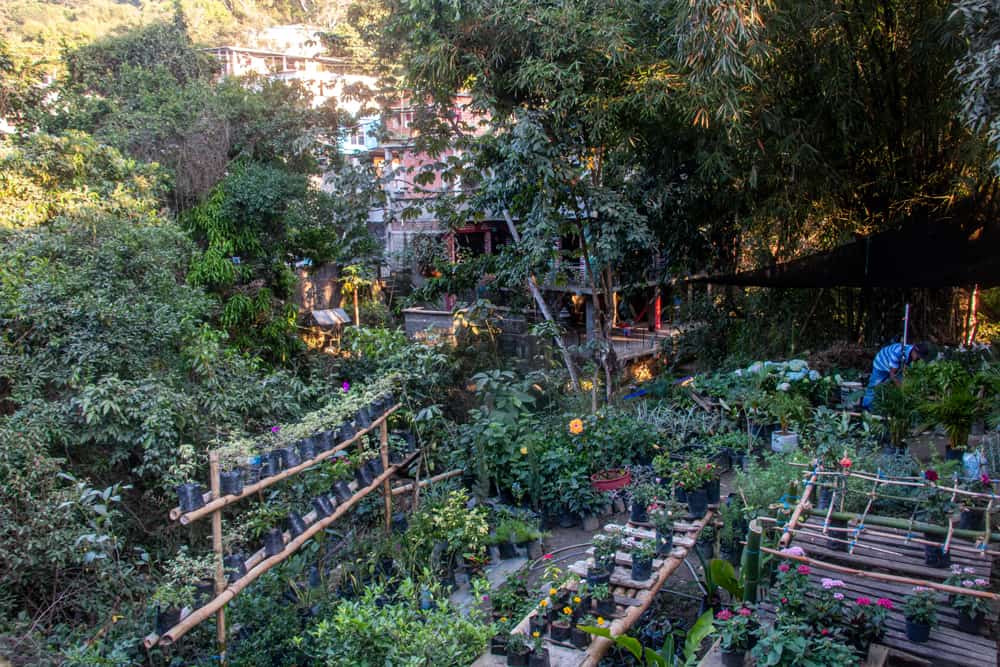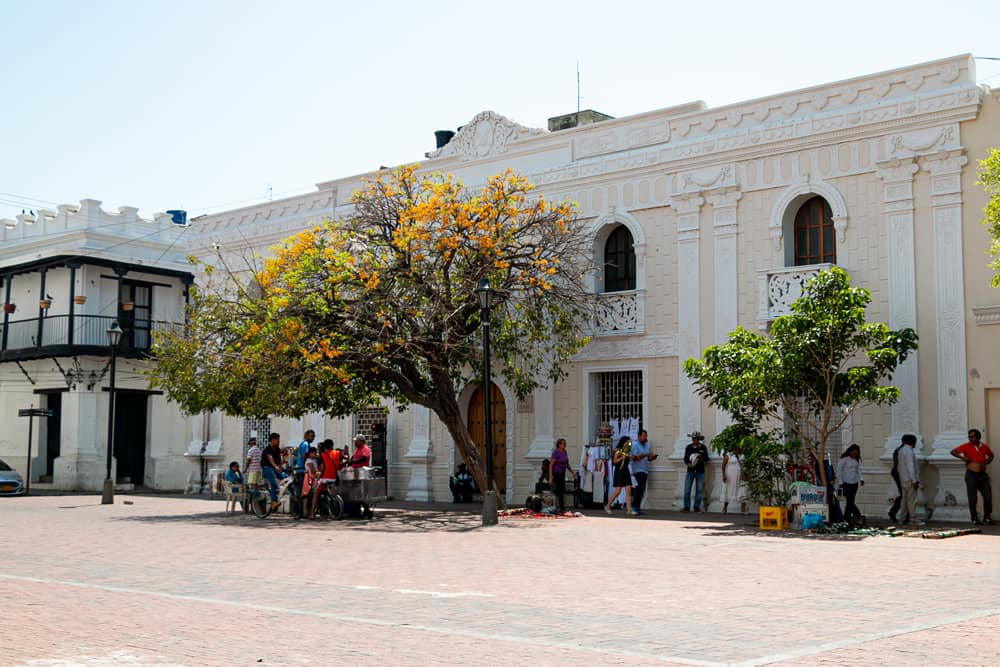Minca. For most Colombia travellers, the name invokes thoughts of waterfalls, clean mountain air and a feeling of tranquillity. Many travellers head up to this mountain town to relax and unwind. They come to soak in the peaceful vibes on the Sierra Nevada mountains, to escape the business of Santa Marta below.
Yet most of these outsiders, while they sit happily eating their açaí bowls and sipping herbal tea, remain blissfully unaware of the tragic past that haunts this peaceful mountain retreat.
Flourishing until the Fall of Coffee
For decades, the area around Minca flourished. With its mountain air and proximity to the sea, coffee production thrived — and so did many landowners and residents. They became almost a self-sustaining community, separate in many ways from the rest of the country.
Unfortunately, with the outset of the second world war, things took a drastic turn. With war tearing Europe to shreds, coffee imports all but stopped. A once thriving industry came grinding to a halt.
It was around this time that another lucrative cash crop made its appearance. One that, though unofficially, is likely still going strong today. A favourite of laid-back locals, hammock-dwellers, artists, writers, backpackers and anyone else who wants to clear their head.
Marijuana rapidly took over the void coffee left during the war. And it didn’t take long for it to become the number one industry for Minca and the surrounding area. Even to this day, the coffee industry has never recovered.
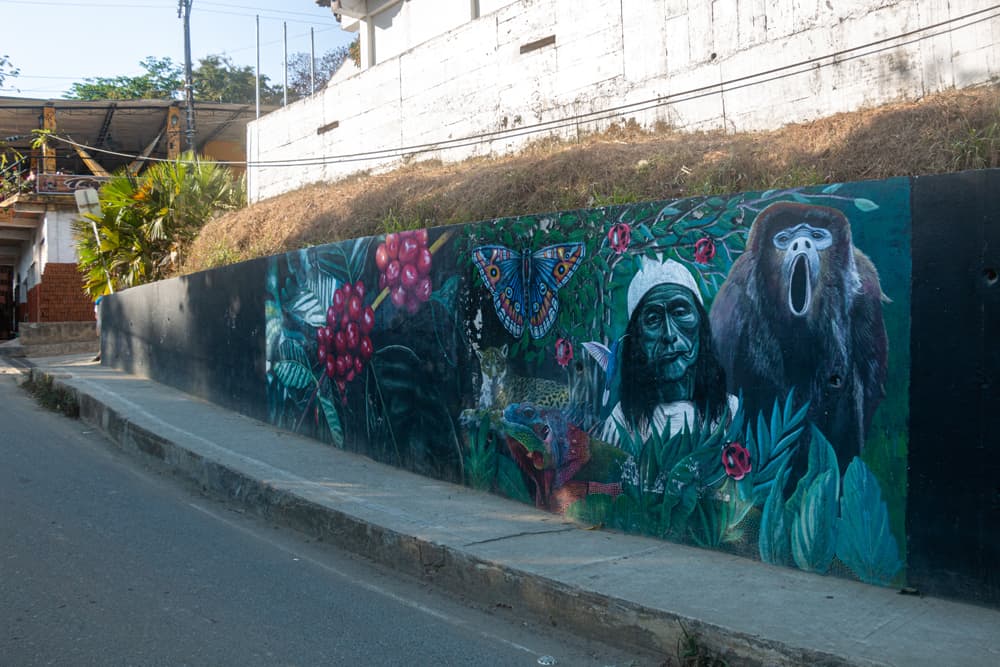
Rise of the Guerrillas
These guerrilla groups took to the jungles and mountains to plan their attacks. The area surrounding Minca was perfect for them. And soon, they had their own plantations, both marijuana and coca, to fund their operations.
And while FARC began as a group fighting for the people, like with most ideologies, corruption soon followed. They soon took a mob-like control over communities. Extortion became their main play, and occasional attacks on the Minca police station would wreak havoc on the town.
Some residents knew what to say and do, and just kept their heads down and continued with life the best they could. Others had enough and left their mountain home for Santa Marta.
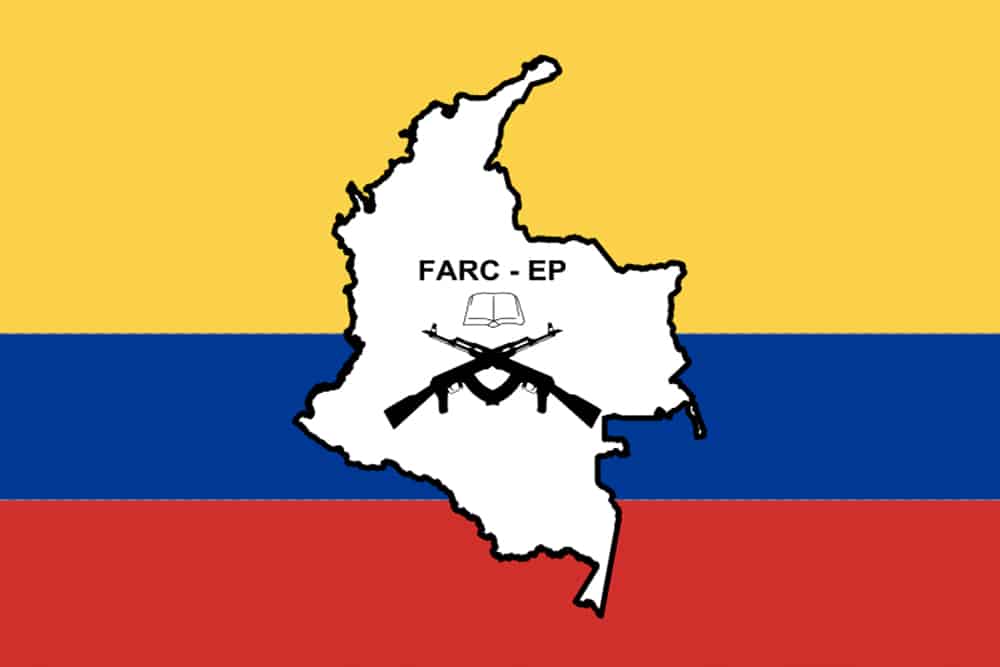
Forgotten by Bogota
Long isolated from the rest of the country, Minca saw little help from Bogota. They were having enough trouble protecting themselves. The military was already spread thin. If it wasn’t FARC or the ELN, it was the narcos of Medellin and Cali they had to deal with.
Violent battles erupted in the streets, under the cover of night. The police station was riddled with bullets and shell fragments.
But as Bogota was concerned, Minca simply wasn’t a priority.
Enter the Paramilitary
It was during the 80s that Colombia saw the rise of private, right-wing paramilitary groups. What first began as private armies hired to protect the land from the guerrillas, quickly unravelled into something just as evil.
At first, many welcomed the paramilitary groups. They were actually making a difference where the government could not. FARC and ELN were losing territory in parts of the country.
But territory lost is territory gained.
The same power-driven corruption that turned FARC into the monster it had become was doing the same to the paramilitary. If such power can turn simple farmers and students into extortionists and murderers, what would it to a bunch of hardened mercenaries?
This private war raged throughout the country for the foreseeable future. And much like the residents of Medellin’s Comuna 13 the people of Minca were caught in the middle of it.
Guerrillas would come knocking on your door “asking” for money or supplies. If you refused, it could mean a death sentence for you or your family members. If the paramilitaries found out, you’d be labelled a guerrilla supporter, and you or your family members could be executed. It was an impossible situation.
When the paramilitaries eventually cleared Minca of the guerrillas, nothing changed. For the residents of Minca, one mafia had simply replaced another. Extortion continued. Rape and violence continued. If you spoke to the wrong girl at a bar, it could mean tragedy for your family.
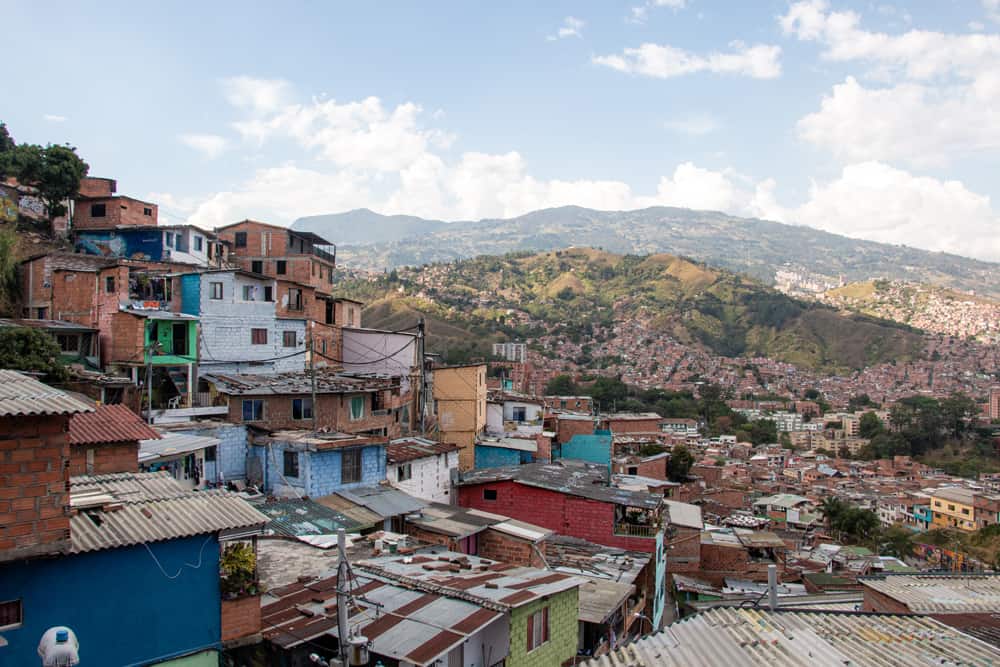
Bogota Steps In
Eventually, the government steps in. Though not until after the vast majority of Minca’s original residents had left. The people who made Minca the thriving community it once was had been displaced.
Minca was a shell of what it once was, a few residents remained and began rebuilding.
Minca Today
Walking the streets of Minca today, it’s difficult to imagine this place being the scene of such tragedy. The pock-marked police station has long-since been repaired, and the blood no longer flows through the streets.
And while friendly locals, fresh air and laid-back, hippy vibes have replaced the violence; ghosts still walk the streets in Minca. While peace seems to have held in recent years, many of those responsible for the violence and tragedy still live here to this day.
